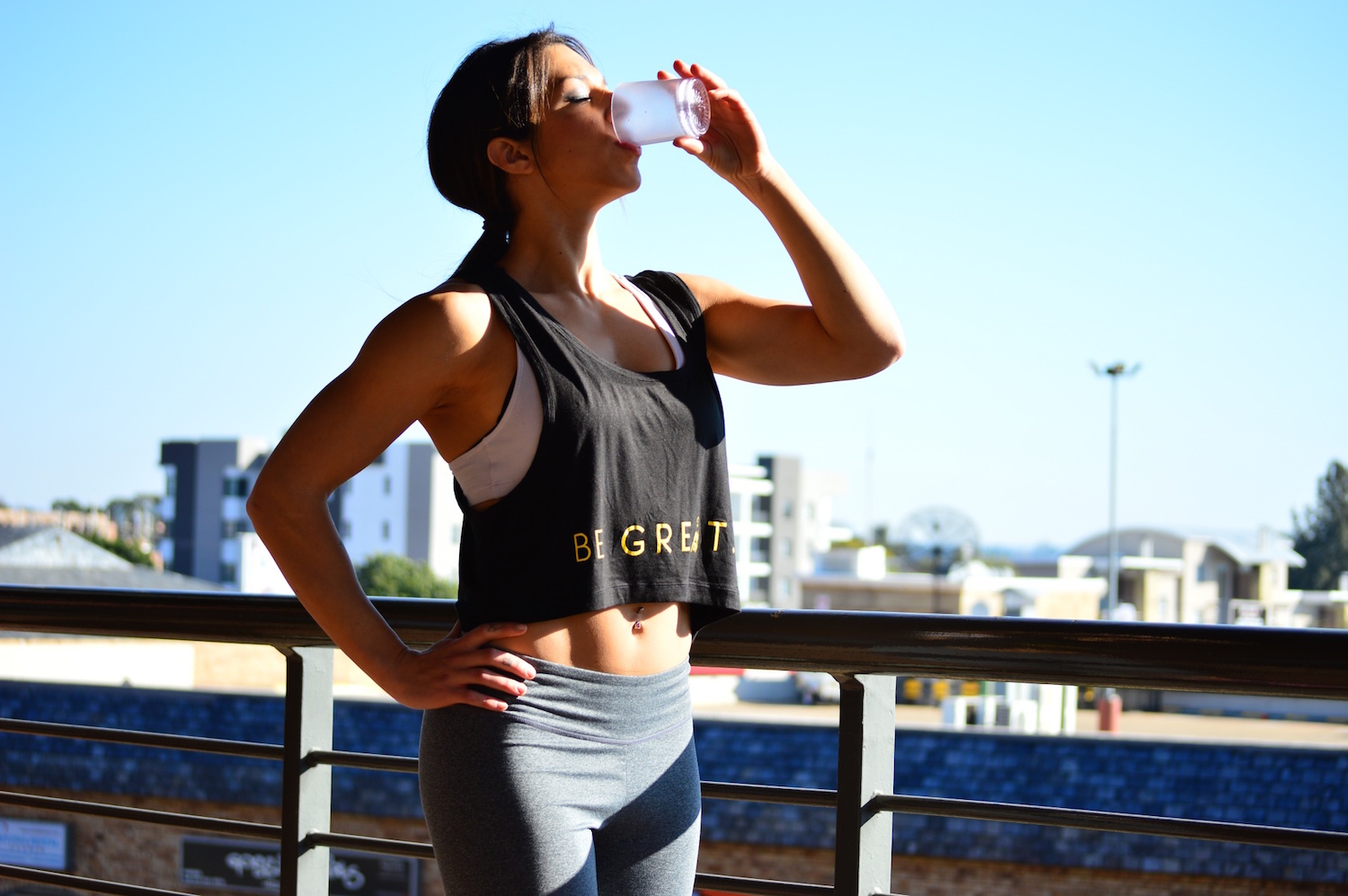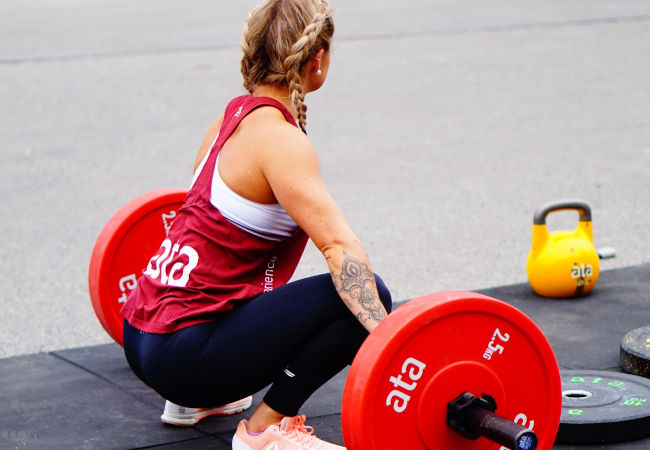Running is a great activity to get your daily exercise and to keep your body and mind active. It can be done anywhere, at any time, and is a great way to get in shape, improve cardiovascular health, weight loss, and stress relief. Running is also a great way to improve your mood and get in a good workout, if you enjoy doing it.
If you’re thinking about starting running, you need to know how to get started, what type of shoes and perhaps sunglasses to buy, and how to warm up properly amongst other things. Sunglasses are helpful for keeping the sun out of the eyes. It can protect your eyes from the sun’s ultraviolet rays, which can cause damage over time. They can help to reduce glare, which can make it harder to see obstacles in your path. Quality sunglasses can keep your eyes cool and comfortable on hot days. For example, Goodr designed Green sunglasses, which can help runners by improving contrast and making the environment appear more vivid. This can help runners stay on track, especially when running in unfamiliar territory.
This guide is for a beginner where we’ll outline everything you need to know to get started running. By the end of this guide, you’ll be ready to run your first mile!
seven tips to help you get started running
1 Start slowly
Start slowly and increase your speed and distance gradually. When starting to run outside, it’s important to start slowly. This will help prevent injuries and allow your body to get used to the new activity. If you start out too quickly, you might experience shin splints or another type of injury.
Another reason to start slowly is that running outdoors is more challenging than running on a treadmill. The terrain is different, the air resistance is greater, and there are usually hills. All of these factors make it harder to run at a fast pace.
So if you’re just starting out, begin with a slow jog and increase your speed gradually. You’ll be able to cover more distance and enjoy your runs more when you take it slow and build it up.

2 Warm up
Always warm up and cool down before and after running. Before hitting the pavement, it’s important to properly warm up your body. Start with a light jog or walk, gradually increasing your heart rate and blood flow. This will help loosen up your muscles and get them ready for a good workout.
Once you’re warmed up, it’s time to start running. Begin with an easy pace, and increase your speed gradually. If you feel like you can push yourself harder, go ahead – but be careful not to overdo it on your first few runs of the season. By taking things slow at first, you’ll help avoid any injuries and maximize the benefits of your run.
3 Wear appropriate clothing
Wear appropriate clothing and shoes for running. Running in the wrong shoes can cause injuries, so make sure you get fitted for the right ones. One of the best ways to ensure that you have a good running experience is to wear appropriate clothing. Cotton clothes can be heavy and absorb sweat, making you feel weighed down. Instead, opt for lighter and more sustainable fabrics like bamboo that will wick moisture away from your skin. You may also want to invest in a good pair of running shoes. Wearing the wrong shoes can lead to ankle, knee, or hip injuries. If you’re not sure what type of shoes are best for you, consult with a local sporting goods store. Finally, dress in layers so that you can adjust your clothing as needed depending on the weather conditions, and try out compression wear to keep your warm.
4 Keep Hydrated
Hydrate before, during, and after running. Runner’s World recommends drinking 17 ounces of fluids two hours before a run, and another eight ounces 15 minutes before. But what if you’re not running that long? Or what if you’re running in hot weather?
You don’t have to drink a lot of water before every short run. But on very hot days, or when you’re going to be out for a while, it’s important to drink enough fluids so that you don’t get dehydrated. You can tell if you’re dehydrated because your mouth will be dry, and you’ll feel tired and lightheaded.
If it’s hot out, or if you’re going to be running for more than an hour, drink sports drinks with electrolytes in them. Electrolytes help your body absorb water better. Other good options are coconut water or diluted fruit juice.

5 Take rest
Listen to your body and take rest days when needed. There is a lot of debate on how much rest runners should take between runs. Some people say that you should run every day, while others recommend taking at least one day off per week.
The truth is, it depends on the person. Some runners can handle running every day without any problems, while others find that they need a day or two of rest in order to feel rejuvenated and ready to run again.
If you are feeling tired and sore after your runs, it might be a good idea to take a break for a day or two. This will allow your body to recover and you will be less likely to get injured. However, if you are feeling energetic and motivated, there’s no reason why you can’t go ahead and run again.
6 Select a safe area
Run in a safe area with plenty of room to run. It’s important to choose an area that is safe and free from obstacles. Here are a few tips to help you select the right running route:
- Look for wide sidewalks or trails with plenty of room to run. If you’re running in an urban area, try to stick to busy streets with plenty of pedestrian traffic.
- Avoid running near busy intersections, construction zones, or other areas where there is a lot of traffic.
- Be aware of your surroundings at all times and be sure to stay away from animals and strangers
- If possible, avoid running at night or in low-light conditions.
- Try not to run alone; always bring a friend or family member with you if possible.
7 Pace yourself
Don’t start out too fast and wear yourself out. In order to be a successful runner, you must pace yourself. If you go out too fast, you will quickly wear yourself out and not be able to finish the race. Gradually increase your speed as you get closer to the finish line.
Another important thing to remember is to hydrate yourself before and during the race. Drink plenty of water prior to the race and take small sips of water or sports drink every few minutes during the race. This will help keep your energy level up and prevent you from getting dehydrated.

What is the Best Way to Get Started with Running
If you are looking to start running, there is no need to invest in expensive equipment or apparel. In fact, the best way to start running is simply to lace up your shoes and head outside. Running outdoors provides a number of benefits that you can’t get from running on a treadmill or indoors. First, outdoor running allows you to connect with nature and enjoy the fresh air. Second, outdoor running is a great way to get exercise and improve your cardiovascular health. Finally, outdoor running is free and there is no need to join a gym or purchase a membership.
If you are new to running, start by alternating between walking and jogging until you are able to run for an extended period of time. As you become more comfortable with running, gradually increase your speed and distance.
How Long Should My Run Be
There are a lot of debates on how long one’s run should be. The main point of contention is whether running for an hour is really better than running for 30 minutes. Many people seem to think that if you’re not running for an hour, you might as well not be running at all. But science doesn’t necessarily back this up.
In fact, a study by the University of Jyväskylä in Finland showed that 30-minute runs were just as beneficial as 60-minute runs when it came to improving aerobic fitness and blood pressure levels.
Interestingly, the study also showed that the runners who did 60-minute runs tended to adopt a more leisurely pace, while the runners who did 30-minute runs kept a more consistent pace throughout. Running can be a great way to get in shape and improve your health. If you are just starting out, however, it is important to take it slow and build up your endurance. These seven tips can help beginners get started and make the most of their running experience. So what are you waiting for? Get out there and start running!



















